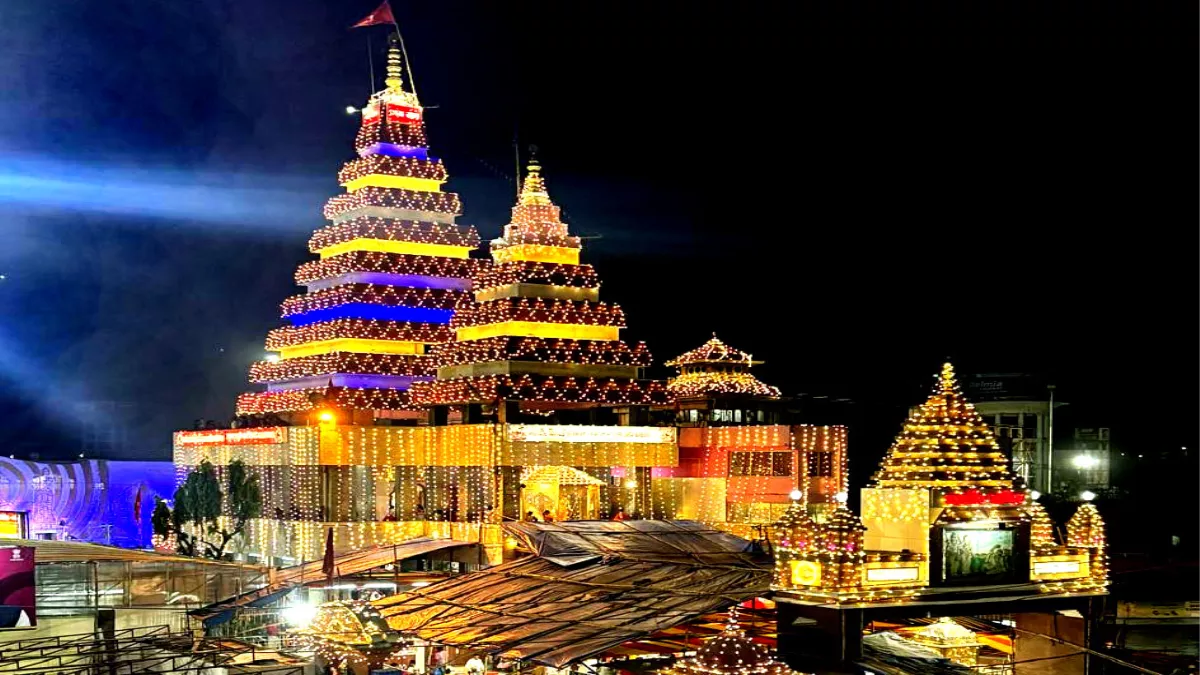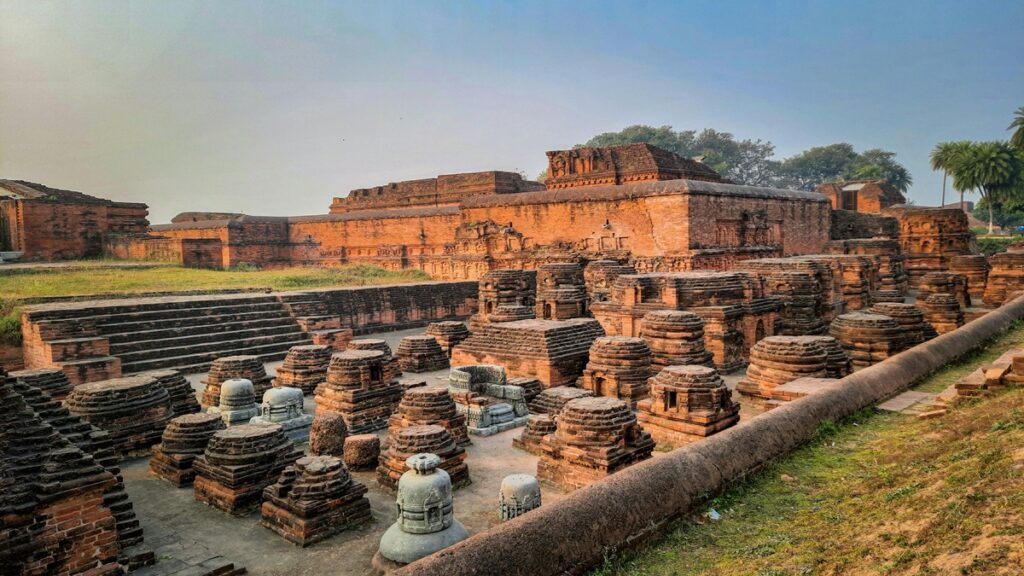Table of Content
Contents
Mahavir Mandir in Patna is an icon of unshakable devotion and harmony between communities, attracting crores of devotees every year to its marble shrine consecrated to Lord Hanuman. Established on the foundations laid by Swami Balanand in the first half of the 18th century and revived after the 1947 partition, the temple has developed into not just a spiritual hub but a philanthropic centre as well under the aegis of the Shri Mahavir Sthan Nyas Samiti. From the sea of devotees who line up for ‘darshan’ on Tuesdays and Saturdays to the Mahavir Mandir trust’s vast charitable activities—most significantly the Mahavir Cancer Sansthan and Mahavir Arogya Sansthan—the Mandir’s impact is beyond religious bounds, solidifying its place as a ‘spiritual magnet’ in Bihar’s capital.
Historical Roots and Growth
The origins of Mahavir Mandir trace back to the early 18th century when Swami Balanand, an ascetic of the Ramanandi sect, established the first shrine dedicated to Lord Hanuman in Patna. Although local lore suggests the temple existed since “time immemorial,” concrete records mark its rise to prominence after 1947, when Hindu refugees settled in Patna and sought solace at the shrine . The original structure, modest in scale, was replaced with concrete in the late 1940s and later transformed into the grand marble edifice seen today, completed in 1987, reflecting Nagara-style architecture.
The Power of Devotion: Hanuman’s Presence
Faith in Lord Hanuman—honored here as Sankat-Mochan, remover of obstacles—is the lifeblood of this temple. Both Tuesday and Saturday see ‘darshan’ queues lining up for kilometers, with more than 50,000 devotees converging on these busy days. Two grand idols of Lord Hanuman with golden crowns inside the sanctum of the temple provide devotees with an effective point of focus for prayers and offerings. Rituals also encompass the distribution of ‘prasad’ laddoos, particularly the renowned “Naivedyam”—a sweet offering inspired by the prasadam of the Tirupati Balaji Temple. Devotees not only cherish its divine taste but also regard it as a sacred blessing to be shared with loved ones. Sales of these laddoos have risen by 25–30% over the last few years, reflecting the Mandir’s increasing popularity.
A Spiritual and Cultural Landmark
Attracting millions annually, Mahavir Mandir Patna yield the second-largest daily income of North Indian temples—more than 1 lakh (₹100,000) daily—after the Vaishno Devi temple. The major festivals of Ram Navami and Hanuman Jayanti attract unprecedented numbers; for Ram Navami 2025, gates were open at 2:00 AM to let in the sea of devotees. This kind of activity emphasizes the temple as a site both of religious revivification and cultural celebration, integrating religious custom into the social fabric of Patna.
Beyond Worship: The Philanthropic Arm
With Acharya Kishore Kunal at the helm, the Shri Mahavir Sthan Nyas Samiti (Mahavir Mandir trust) directs temple revenues towards extensive social activities. Trust’s showpiece project, Mahavir Cancer Sansthan, is a modern charitable cancer center that ensures that no patient is refused treatment on the grounds of lack of funds. Other undertakings are the Mahavir Vaatsalya and Arogya Hospitals offering concessionary healthcare to thousands, and student scholarship schemes for needy students. During the financial year 2024–25, the Trust disbursed a budget of more than ₹355 crore to increase its welfare services in Bihar.
Acharya Kishore Kunal died early in the morning on December 29, 2024, at the age of 74. He had been admitted to Mahavir Vaatsalya Hospital in Patna for a mild cold and cough when he suffered a cardiac arrest.
Mahavir Mandir in the Heart of Patna
Well-located within proximity of the Patna Junction, the Mandir is a spiritual and social center. Its proximity to the rail station ensures that pilgrims from all over India can easily access it. Around the temple, there are vendors selling devotional memorabilia, restaurants serving traditional ‘prasad,’ and stalls catering to pilgrims’ necessities, further integrating the temple into urban economic life.
Devotion Stories and Miracles
A weave of personal stories illustrates the temple’s reputation as a miraculous site. Devotees often recount miraculous healing stories and many wish stories from Sankat-Mochan. Stories of recoveries of illness at the Cancer Sansthan to overcoming challenges in daily lives through sincere prayer add to the collective trust and bring new devotees seeking divine support.
Mahavir Mandir in Patna represents the perfect coming together of devotion, culture, and compassion. More than a temple, it represents a peoples’ unity where faith overcome divisions and blessings are fulfilled through both uplift of spirituality and supports for social welfare. The pilgrimage of crores of devotees is a testimony to the generality of the Mandir’s positive aura in being a light house for the guided purpose of faith and calling for continued fulfilment of our hope to serve purpose.
Subscribe Our Youtube Channel: https://www.youtube.com/@BhartiSanskriti-BS








